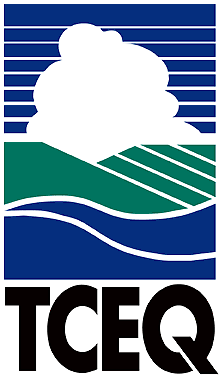The Two Air Permitting Programs and Their Purposes
New Source Review (NSR) Program
Congress established the New Source Review (NSR) permitting program as part of the 1977 Federal Clean Air Act Amendments. The NSR permitting program ensures that air quality is not significantly degraded from the addition of new and modified facilities, assures the public that emissions from new and modified industrial sources will be reduced or eliminated through technically practicable and economically reasonable air pollution control method(s), and verifies that advances in pollution control occur concurrently with industrial expansion.
An NSR permit is required before construction on a facility begins. The purpose of the NSR program is to issue permits for new construction or modification, establishing emission controls and limits based on applicable state and federal rules and a best available control technology (BACT) and impacts review.
Federal (Title V) Operating Permits Program
Congress passed the Federal Clean Air Act Amendments of 1990, which included new provisions in Title V, creating an operating permit program to ensure better compliance and to allow for more thorough air pollution control.
A Title V permit is required for operation of major sources and certain non-major sources. Title V permits codify all applicable air requirements into one authorization. Some examples of Title V applicable requirements are:
- air standards from 30 Texas Administrative Code (visible emission standards from Chapter 111, nitrogen oxides standards from Chapter 117, etc.);
- federal standards contained in the Code of Federal Regulations (CFR) (examples include New Source Performance Standards in 40 CFR Part 60, National Emission Standards for Hazardous Air Pollutants contained in 40 CFR Part 61, and Maximum Achievable Control Technology standards in 40 CFR Part 63); and
- NSR authorizations.
In general, Title V permits prescribe monitoring and recordkeeping for determining compliance with applicable requirements, compliance plans for emission units that are not in compliance with applicable requirements, and requirements for permit holders to certify compliance with the permit annually and report any deviations with the permit semi-annually.
In many cases, such as initial issuance of a Title V permit, the site may operate while the Title V permit is being processed as long as a timely application was submitted.



